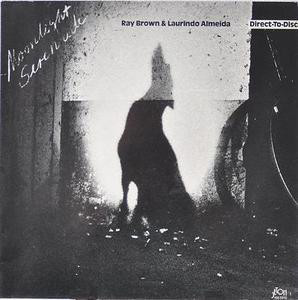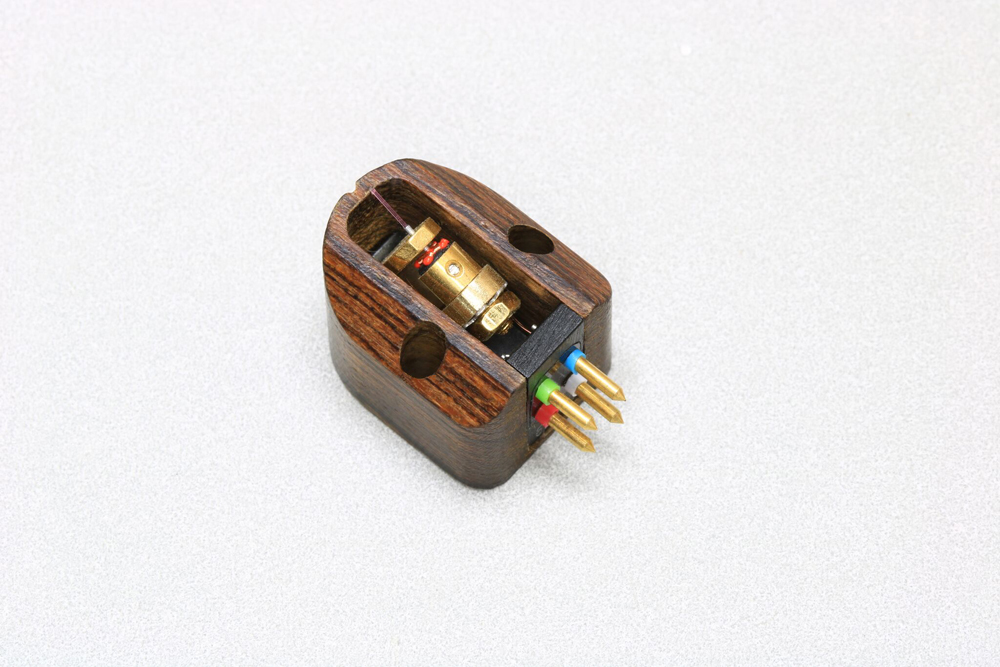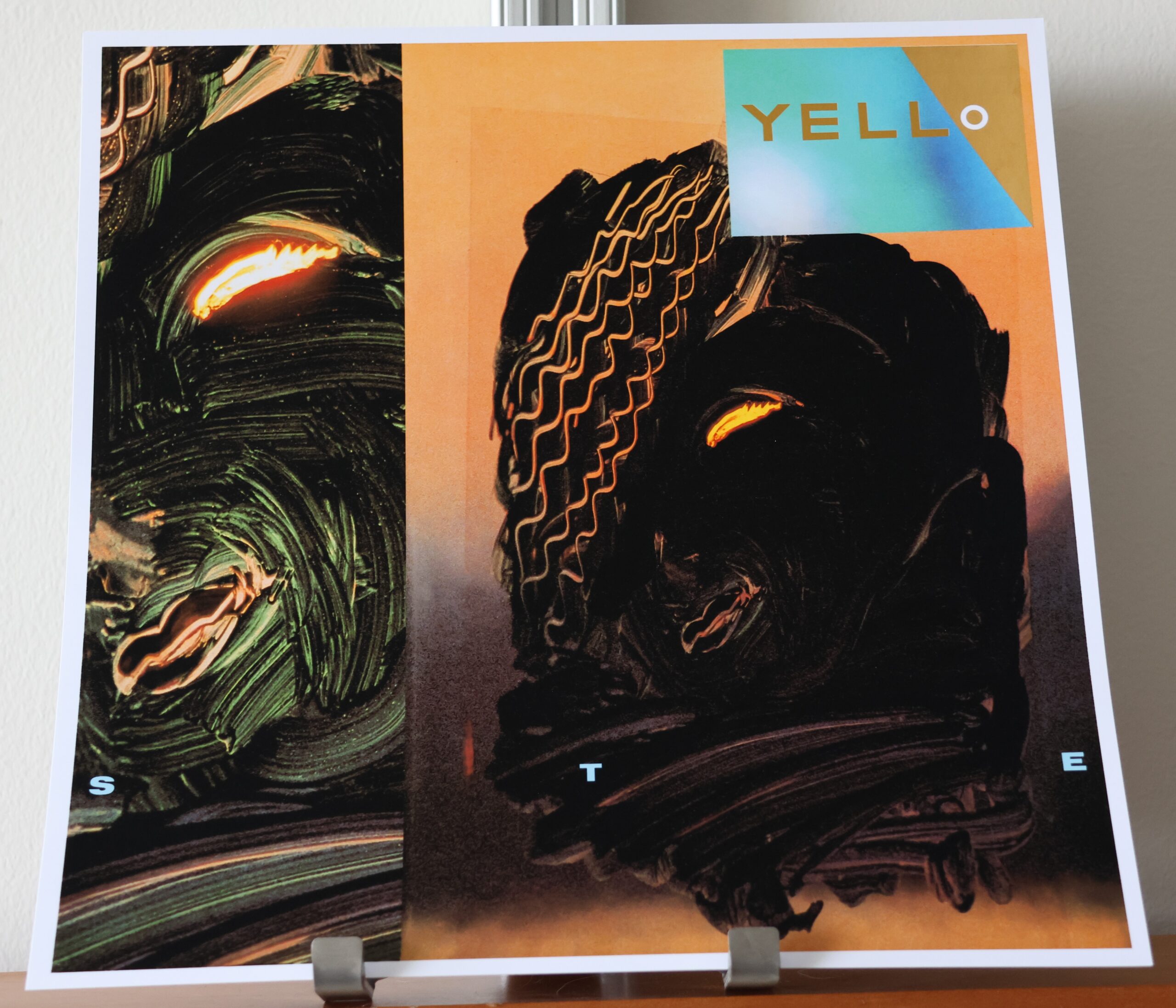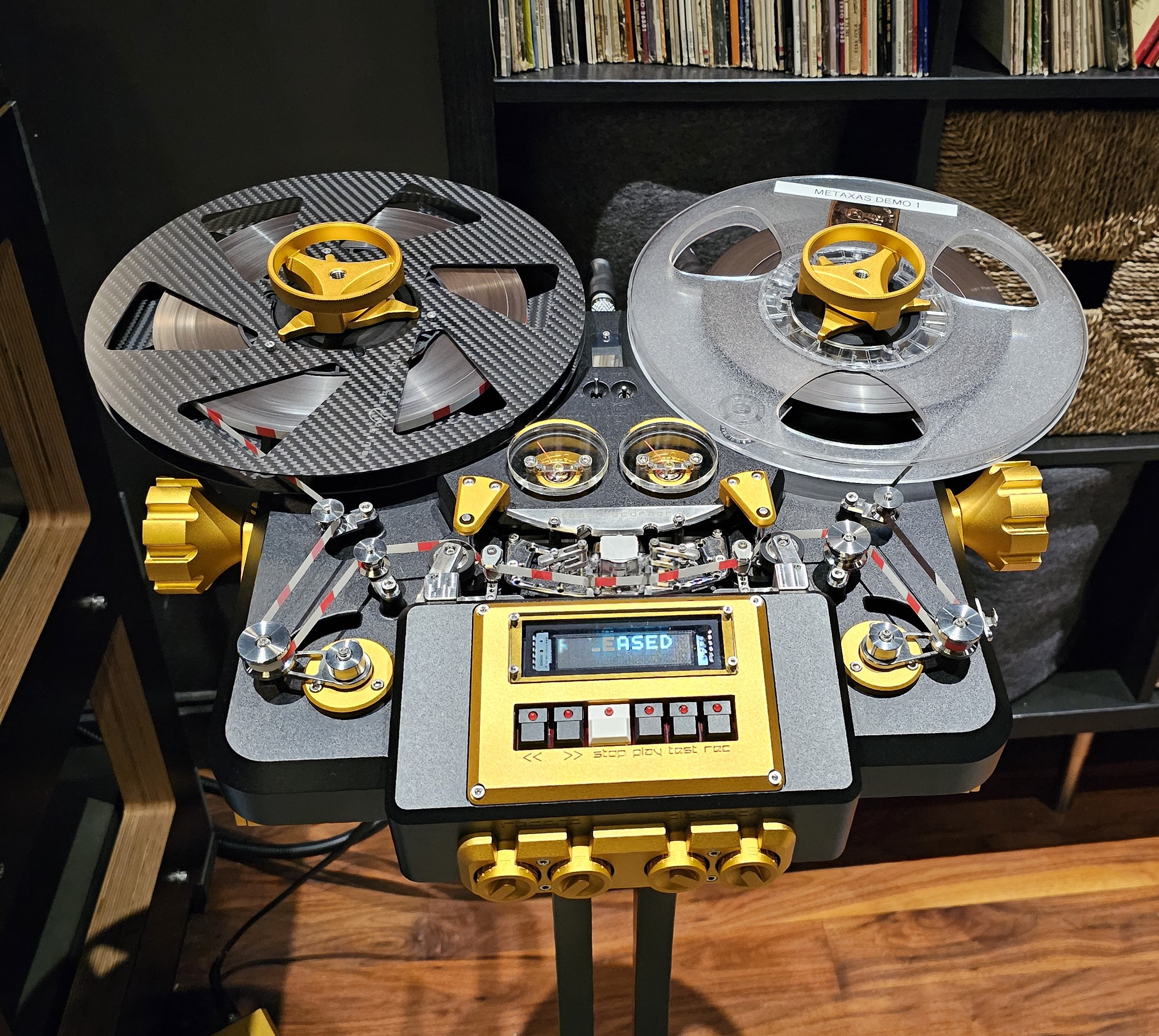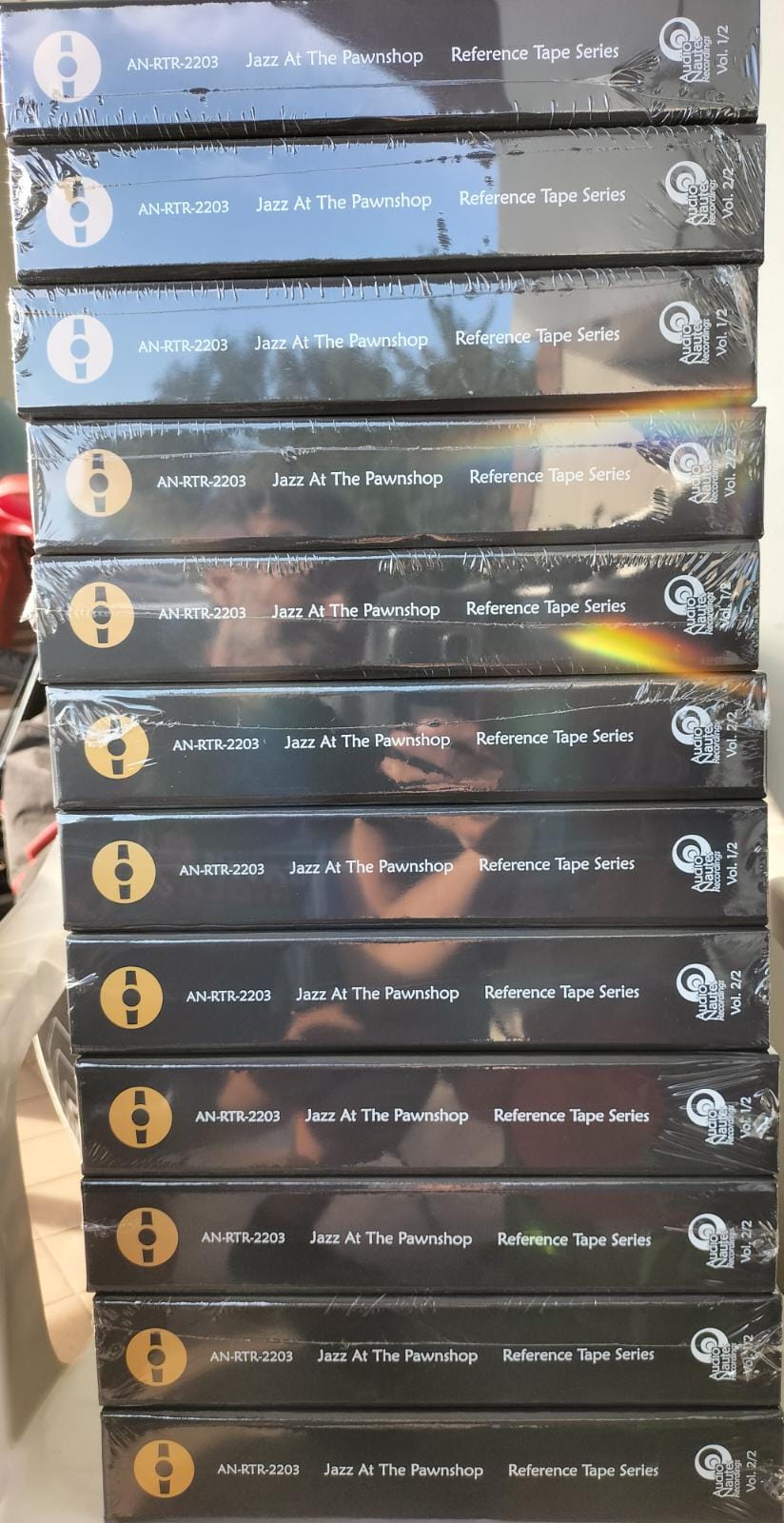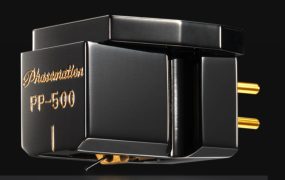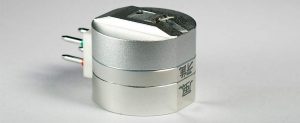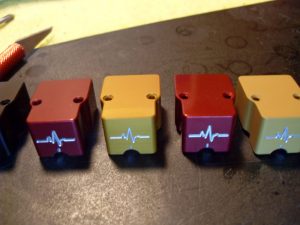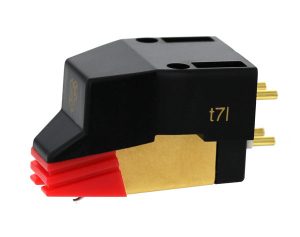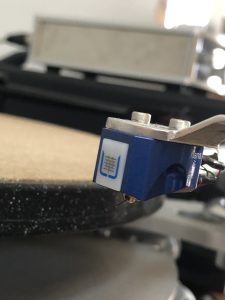I covered back in Issue 80 of Positive-Feedback an entirely new moving coil cartridge from Bernard Li and Charisma Audio in Canada. The $1495 Charisma MC-2 cartridge rapidly made itself at home and didn't embarrass itself in my reference system. Nor was there any doubt by the end of the review that the MC-2, "is undoubtedly one of today's best bangs for the buck in the once again growing world of high-end audio cartridges." Since that review, Charisma distributor Bernard Li has been busy working on new, more upscale models of his cartridge line including the Bocate bodied Reference Two Moving coil reviewed here.
Charisma Audio Goes Upscale
Charisma's previous MC-2 moving coil cartridge stood out from among its peers for its midrange and being ever so easy to listen to and the new Reference Two new cartridge follows in its footsteps. But that's not all. The new Reference Two offers notable improvements in the areas of soundstaging, transparency and dynamics.
Everything with the Reference Two moving coil cartridge begins in that ever so crucial midrange region. The Reference Two possesses that midrange presence and body that eludes even some of today's better cartridges. That sense of palpability that leads to the inevitable question have other cartridge designers thrown the baby out with the bath water in their quest to achieve more neutrality and resolution? While the Reference Two's midrange might conjure up comparisons to the Koetsus of yore, this cartridge has more in common with current ZYX cartridges. An extremely smooth, grain-free midrange without losing information in the process. Along with a touch of romanticism, lushness and liquidity thrown in for good measure. Maybe even a touch more viscerality and lushness when paired with the Kondo SFz stepup device. Toss Dean Martin's Dream with Dean (Analogue Productions APP 076-45) on the VPI Vanquish and it's positively creamy dreamy. Dean's voice on "Blue Moon" just blossoms from between the speakers and the cartridge nicely captures the intonations of his voice.
The new Charisma Reference Two cartridge also excels at capturing and recreating the original recordings' sense of space. Spatiality is a quality that is near and dear to the heart to this unabashed analog type person as well I imagine to many other analog lovers. The Reference 2's ability to capture different recordings sense of spatiality was very impressive whether the cartridge was used with the Doshi phonostage or the Kondo SFz step-up into the Doshi MM input stage. For me—among the many albums in my LP collection—it's album such as the Mark Aubort recording of Cage's Pulse (New World NW319) or Robert Fine's recording of Hovhaness Symphony #4 (Mercury SR90366) that really define hall presence. Nor does the Reference Two disappoint converting your living room on Cage's Third Construction or Cowell's Pulse into a miniature concert hall.
Along with that spatiality comes a huge wall-to-wall soundstage. On top of that—and it's not necessarily a strength of cartridges in this price range—was the Reference Two's transparency. That elusive ability to visualize all the instruments whether they're on the front or the back of stage. Not unlike what happens when attend live music. Here everything from the front end to the electronics to the speakers to the electricity to the equipment isolation plays and important role. And the Reference doesn't degrade that quality. No, the Reference Two doesn't have the transparency of the top flight cartridges like an A95, Atlas SL, Colibri, Koetsu Azule Platinum but the cartridge gives one more than a passing glimpse of reality.
The Reference 2 also demonstrated very impressive—on occasion even surprising—dynamics too. Take for instance Cage's Third Construction (Nonesuch NW316). Out of all the records in my collection, few equal, much less surpass the dynamics captured on this album. From the lowest lows to the highest highs. An absolute torture test for the entire audio system. Here the Reference 2 performs above its pay grade really allowing the massive dynamic swings in Cage's Third Construction to emerge.
Where the cartridge falls somewhat short of ultimate lies first and foremost in the reproduction of the upper octaves. Not that the upper octaves are rolled off or tipped up but cymbals for example lose a little detail, finesse and shimmer in this region. Particularly when the cartridge is pushed. While the cartridge never gets nasty or bright, a slight illumination does start to creep in. Bear in mind, this only occurs on those albums that feature particularly outstanding dynamics and percussion instruments.
Nor is the Reference 2 the last word in resolution and speed. Guitars—take for example Laurindo Almeida's playing on the Jeton direct-to-disc Moonlight Serenade (Jeton 100 3315)—are ever so gently rounded. Notes from Almeida's guitar "Round About Midnight" not quite as articulated as the more expensive cartridges such as the Ortofon A95 or van den Hul Colibri Stradivarius. The Reference 2, however, is far from sounding like Mississippi delta mud nor does it sound one note behind the beat like the Koetsus of yore.
Finally, there's the cartridge's bass linearity. The Reference Two certainly doesn't lack for low frequency dynamics or extension on my longtime reference disc Super Percussion (Super Analogue SSY19). On the other hand, the cartridge just quite grip the drums like the better cartridges thus leading to a slight hangover after the initial drum attack.
Eminently Musical
Quibbles aside, the Charisma Reference 2 is an eminently musical cartridge that like its sibling would acquit itself well in any audio system. I really enjoyed among other things the cartridge's soundstage, dynamics and midrange. Singers were an absolute pleasure to listen to and the Reference Two filled the listening room with music. Charisma isn't a well-known brand to date but it's definitely worth the extra effort seeking out!
Technical Highlights
The Charisma cartridges are according to Bernard Li, "a multi-country project with parts made in different countries." Li's goal was to produce a cartridge bringing, "value for money" to the table and the ability to, "compete with better and more expensive cartridges." Li aimed for in the new Reference Two a moving coil cartridge with greater neutrality, detail, resolution and lower noise floor than its predecessors.
The Reference Two is for all intents and purposes an entirely new cartridge; the only thing in common between the MC-2 and Reference Two cartridges is the cross-coil former. The Reference Two comes with a smaller diameter ruby cantilever, upgraded ultra-fine single crystal copper wire for winding the coils and a Bocate wood instead of metal body. In addition, the Reference Two's internal impedance and output voltage are also shade lower and the compliance a touch higher than the lower priced model.
Li chose a wood body for the Reference Two because, "it gave him the ability to fine tune the sound of the cartridge." For instance, he found that hard woods darken the cartridge's sound. In the end, Li chose Bocate, a medium hardness wood for the Reference Two, because of its airiness. Overall, the biggest difference between the two cartridges lies in their weight: the Reference Two is about 5 grams lighter than the less expensive, metal bodied MC-2 cartridge.
Mounting the Reference Two in the VPI 3D arm wand proved relatively straight forward save that the big wooden body and short cantilever makes alignment a bit more of pain. Or maybe perhaps the Lyra and van den Hul cartridges have spoiled me. Another piece of good news is the new Reference Two comes with a stylus guard (as opposed to the naked cantilever of the earlier MC-2). The cartridge tracked as advertised at 2 grams and worked well loaded at 180-200 ohms (Doshi V3.0 phonostage) or 30 ohms (Kondo SFz stepup device into the MM stage of the Doshi V3.0 phonostage). The Kondo SFz was very impressive sounding and showed me that step ups have improved markedly in the decade or so since last heard one and don't necessarily lose detail or add an edge to the music.
Reference Two
Retail: $2800
Distribution
Charisma Audio
Technical Specifications
- Output Voltage: 0.38 mV at 3.54 cm/sec
- Coil: Special iron crossed-coil with extremely high purity and ultra-fine single crystal copper
- Stylus: Super fine line contact nude diamond
- Vertical Tracking Angle: 20 degrees
- Internal Impedance: 12 ohms
- Recommended Loading: 100 to 1,000 ohms
- Dynamic Compliance: 15 um/mN
- Cartridge Weight: 7.1 g
- Recommended Tracking Force: 2.0 g ± 0.1 g
- Recommended Tonearm Mass: medium
- Break-in Period: 50 hours







